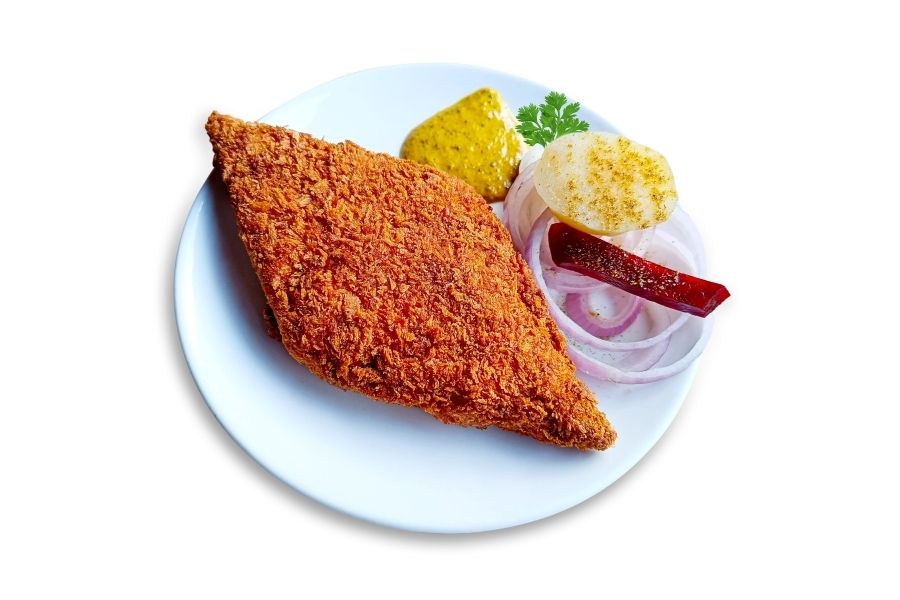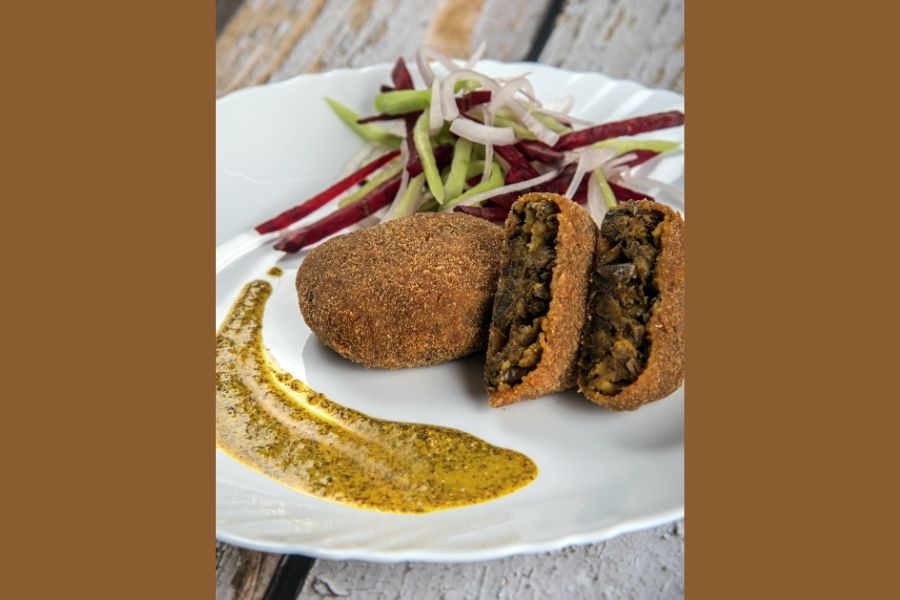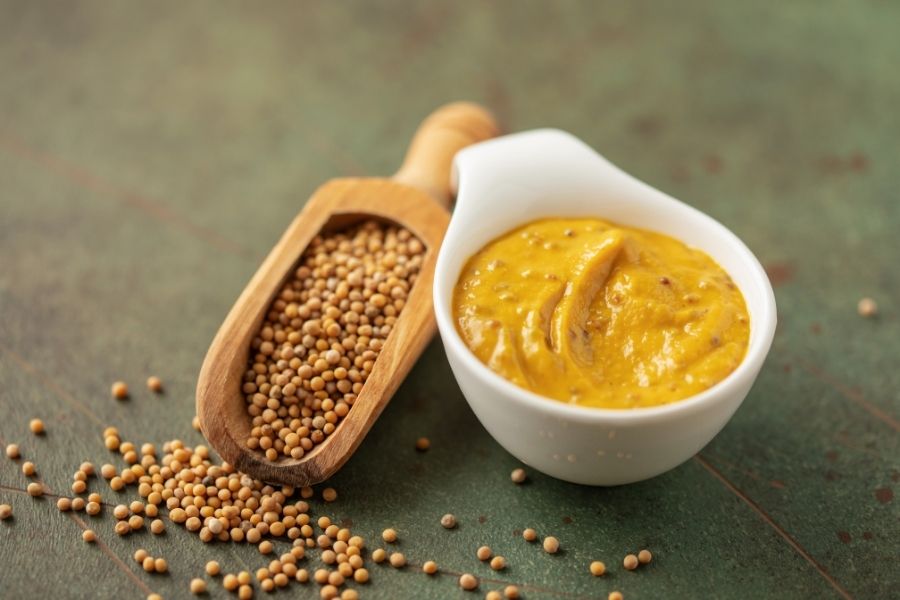When celebrity chef and former MasterChef Australia judge Gary Mehigan recently shared his take on Bengal’s ‘king of condiments’, kasundi, social media was left hungry for more. In a post about his Eggplant Kasundi, Mehigan described it as “flavours of cinnamon, cumin, mustard and a hit of sweet and sour.” He fondly recalled tasting the “hot yellow fermented kasundi on a kathi roll” during his visits to India, calling it “sensational but very different.”
Bengal’s king of condiments

Shutterstock
Mehigan’s fascination is not misplaced. Kasundi is Bengal’s most complex and fiercely loved condiment: a tangy, fiery mustard paste with a history as layered as its flavour. Traditionally made by fermenting mustard seeds with raw mangoes, spices and water, Kasundi’s roots stretch back to early Bengali households where it was crafted by widows who could not use onion or garlic. According to culinary historians, it was more than just a sauce; it was a ritual. Every summer, families gathered to prepare large batches, letting the sun do the magic of fermentation.
From colonial kitchens to contemporary cafés, Kasundi has evolved but never lost its place on a Bengali plate. Here are five dishes that are simply incomplete without it.
Kabiraji

A flaky, deep-fried masterpiece, the Kabiraji is all about the crunch. The golden web of egg around the meat or fish fillet meets its perfect match in a spoonful of Kasundi. The sharp mustard cuts through the richness, adding balance to every bite.
Bekti Cutlet/Fry

Shutterstock
Nothing pairs better with this British-influenced fish fry than a dollop of Kasundi. Its pungent heat brings out the sweetness of the bekti fillet, creating a harmony that defines Kolkata’s chop-and-cutlet culture.
Dim’er Devil

Bengal’s answer to the Scotch egg gets its personality from kasundi. Whether served at celebrations or roadside stalls, this deep-fried delight needs that mustard punch to complete its story. Keep the ketchup away!
Fish Finger

iStock
No Kolkata bar and pub platter is complete without fish fingers and a side of Kasundi. The tangy spice of the condiment lifts the crispy batter, making it an instant crowd-pleaser.
Mochar Chop

Shutterstock
The banana blossom chop, an iconic vegetarian snack, finds its zing in kasundi. Its earthy, nutty flavours shine brighter with every mustardy bite.
And if Gary Mehigan’s post has you inspired, here’s a kasundi recipe to try at home.
Ingredients
- Yellow mustard seeds: ½ cup
- Black mustard seeds: 2 tbsp
- Raw mango (peeled and chopped): ½ cup (optional, for a tangier version)
- Garlic cloves: 3–4
- Green chillies: 2–3 (adjust to taste)
- Turmeric powder: ½ tsp
- Salt: 1 tsp (or to taste)
- Sugar: ½ tsp
- Mustard oil: 2 tbsp
- Water: ¼ to ½ cup (as needed for grinding)
- Vinegar or lemon juice: 1 tbsp (optional, helps preserve)
Method
- Soak the yellow and black mustard seeds in warm water for about 2 hours to reduce bitterness
- Drain and transfer the soaked seeds to a blender
- Add garlic, green chillies, raw mango (if using), turmeric powder, salt, and sugar
- Pour in a little water and grind to a smooth paste. Add more water if needed to reach a thick, pourable consistency
- Stir in mustard oil and vinegar or lemon juice for extra sharpness and preservation
- Transfer the Kasundi to a clean, dry jar and let it rest for a day or two before serving to allow the flavours to mature
Storage tip:
Keep refrigerated in an airtight jar. It stays fresh for up to 10–12 days.
